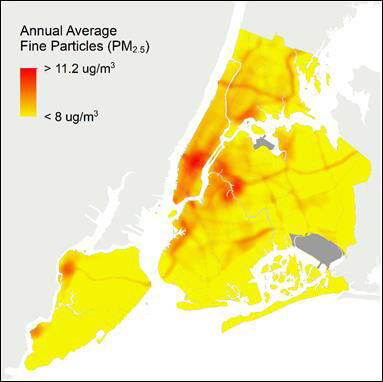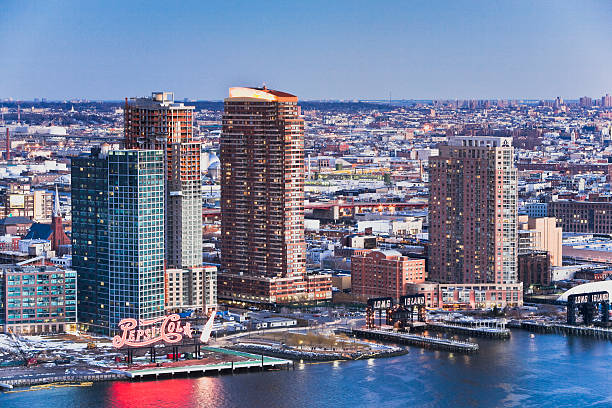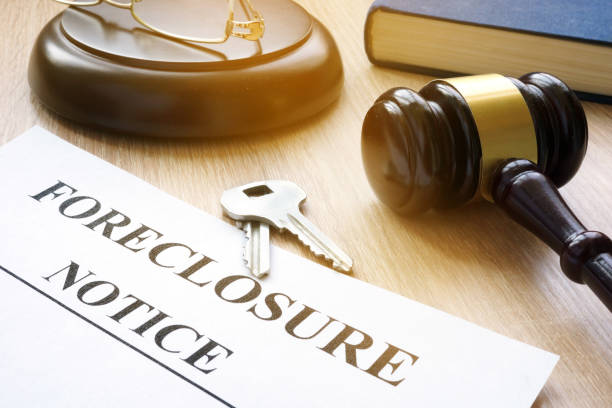Western Queens continues to have the worst air quality in the borough, but the title of “Asthma Alley” has drifted a bit to the east.
A new study by the city’s Department of Health, covering nine years of data, shows the most harmful pollutants are found in Sunnyside and Woodside.
Astoria and Long Island City held that dubious distinction for decades for the high rate of respiratory ailments suffered by residents who live in close proximity to the high amount of power plants along the East River that generate more than 50 percent of the city’s power.
The study, released on April 30, explains that high levels of fine particulate matter such as nitrogen dioxide, and nitric oxide, pollutants that exacerbate heart and respiratory disease, continue to be observed in areas of high traffic density, building density, and industrial areas.
“The latest community air survey shows significant improvements over the past nine years in the city’s air, which means better health for New Yorkers,” Health Commissioner Dr. Oxiris Barbot said. “We still have more work to do to ensure that all New Yorkers can breathe the same clean air; Mayor de Blasio’s OneNYC is bringing us closer to that goal.”
The survey found that from 2009 to 20017 the annual average levels of fine particulate matter, nitrogen dioxide, nitric oxide and black carbon have declined 30 percent, 44 percent and 30 percent respectively. The largest declines have been observed for sulfur dioxide, due largely to city and state heating regulations, wintertime average levels have declined by 96 percent.
“Dramatic improvements is air quality across New York City are a clear health success,” NYC’s Chief Climate Policy Advisor and OneNYC Director Daniel Zarrilli said. “With OneNYC 2050, New York City’s Green New Deal, we will go further by pursuing more stringent emissions regulations, achieving carbon neutrality and 100 percent clean electricity, and greening the city’s buildings as we work to end our reliance on fossil fuels.”
The Health Department conducts the Community Air Survey with Queens College to evaluate how air quality differs across the city. Air pollution measurements are taken each season with monitors mounted at street level at about 100 locations throughout the five boroughs.
Overall, the city’s air quality is the cleanest it has been in years — and Department of Environmental Protection Commissioner Vincent Sapienza seems to know why.
“The use of heavy home heating oil was one of the most serious contributors to air pollution in New York City, but we worked with stakeholders and developed sensible regulations that helped 5,300 buildings switch to a cleaner fuel, contributing to significantly healthier air for all New Yorkers, especially those in northern Manhattan, the south Bronx and northern Queens,” he said.


































